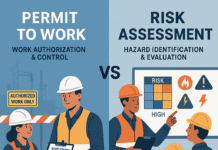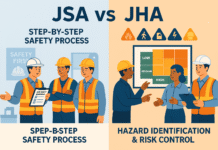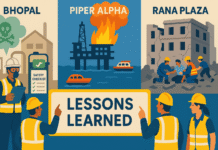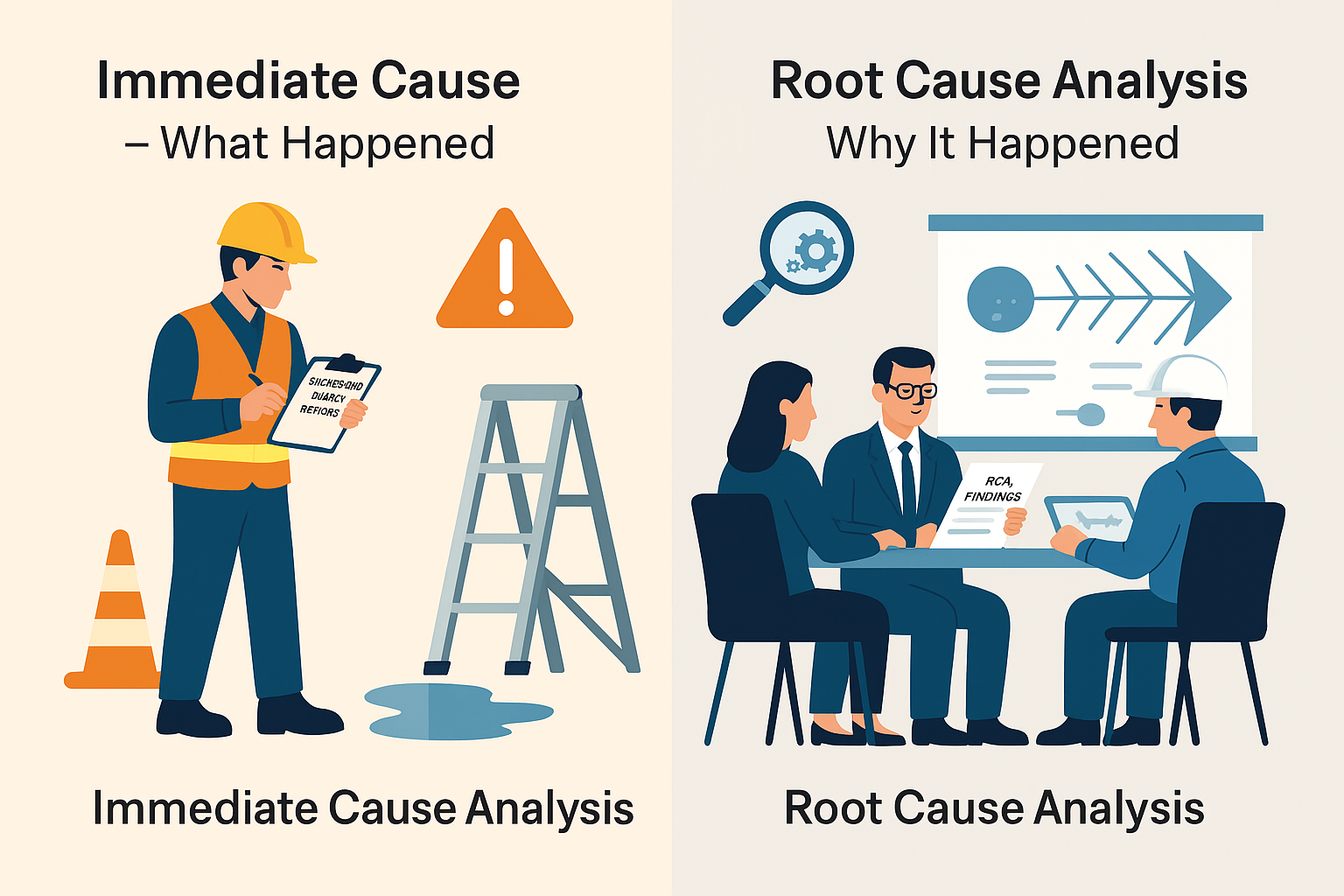
What Refers to a Hazard?
Hazards are ubiquitous in our world, encompassing a range of potential threats that can cause harm or damage to individuals, communities, and the environment. Understanding what constitutes a hazard is crucial in comprehending the risks they pose and devising effective strategies to manage or mitigate them.
A hazard refers to any potential source of harm, danger, or adverse health effects to something or someone. It could be a situation, substance, activity, or condition that has the potential to cause harm, injury, or damage. Hazards are typically assessed and managed to prevent accidents, injuries, or negative outcomes.Introduction to Hazards
At its core, a hazard denotes any source of potential harm or adverse effect. It could manifest in various forms, from natural occurrences to human-made situations, presenting risks that can impact safety, health, or the environment.
Understanding Hazard Definition
Types of Hazards
Hazards are broadly categorized into two main types:
Natural Hazards
Nature’s forces often result in natural hazards, such as earthquakes, floods, hurricanes, and wildfires. These events occur due to natural processes and can have devastating consequences.
Earthquakes
The sudden shaking of the Earth’s surface, caused by the movement of tectonic plates, results in seismic waves that can lead to significant destruction of property and loss of life.
Floods
Excessive rainfall, storm surges, or the overflowing of rivers can trigger floods, submerging land and causing widespread damage.
Hurricanes
These powerful tropical storms, characterized by high winds and heavy rainfall, pose severe threats to coastal regions, often resulting in extensive damage.
Man-Made Hazards
Human activities contribute significantly to hazards, including industrial accidents, chemical spills, and technological mishaps.
Industrial Accidents
Malfunctioning equipment, negligence, or operational errors can lead to accidents in industrial settings, endangering lives and the environment.
Chemical Spills
Release of hazardous substances into the environment due to accidents or improper handling can have severe consequences on ecosystems and human health.
Risk Assessment and Management
Identifying Hazards
Effective hazard management begins with identifying potential risks through thorough assessments and analyses.
Evaluating Risks
Understanding the likelihood and potential impact of hazards helps in evaluating risks and prioritizing mitigation efforts.
Preventative Measures
Mitigation Strategies
Implementing measures to reduce the impact of hazards, such as building codes, structural reinforcements, and land-use planning, can minimize vulnerabilities.
Emergency Preparedness
Being prepared for emergencies through drills, contingency plans, and adequate resources is crucial in responding effectively to hazards.
Role of Technology in Hazard Management
Early Warning Systems
Advancements in technology have enabled the development of early warning systems that provide timely alerts about impending hazards, aiding in preparedness.
GIS and Hazard Mapping
Geographic Information Systems (GIS) facilitate hazard mapping, offering valuable insights into vulnerable areas and aiding in proactive planning.
Community Engagement and Education
Public Awareness Programs
Educating communities about hazards, their risks, and preventive measures fosters a culture of preparedness and resilience.
Training Initiatives
Providing training on emergency response and hazard mitigation equips individuals and organizations to effectively tackle challenges.
Global Perspective on Hazards
International Cooperation
Given the global nature of many hazards, international collaboration and shared resources are essential for effective hazard management.
Climate Change Impact
The changing climate exacerbates existing hazards and introduces new challenges, necessitating proactive measures to address its implications.
Conclusion
Understanding hazards and their complexities is fundamental in safeguarding lives, properties, and environments. By employing a combination of technological advancements, community engagement, and proactive measures, societies can better prepare for and mitigate the impacts of hazards.
Unique FAQs:
- What distinguishes a hazard from a risk?A hazard refers to a potential source of harm or adverse effect, while a risk involves the probability and severity of that harm occurring. Hazards are the inherent characteristics or conditions that have the potential to cause harm, whereas risk combines the likelihood of a hazard occurring with the severity of its impact.
- How do natural hazards differ from man-made hazards?Natural hazards stem from natural processes or phenomena like earthquakes, floods, or hurricanes, while man-made hazards result from human activities such as industrial accidents, chemical spills, or technological mishaps. The distinction lies in their origins—one arises from natural occurrences, the other from human actions.
- What are some key elements of effective hazard management?Effective hazard management involves several key elements, including hazard identification, risk assessment, mitigation strategies, emergency preparedness, community engagement, and leveraging technology for early warning and mapping.
- Why is community engagement vital in hazard preparedness?Community engagement plays a pivotal role as it fosters awareness, education, and preparedness within local populations. When communities are informed and actively involved, they can contribute to effective response and recovery efforts, increasing overall resilience.
- In what ways does climate change influence hazard occurrence and severity?Climate change intensifies and alters the frequency and severity of hazards. It can lead to more frequent extreme weather events like storms, heatwaves, and droughts, exacerbating existing hazards and introducing new challenges for hazard management and mitigation.
























